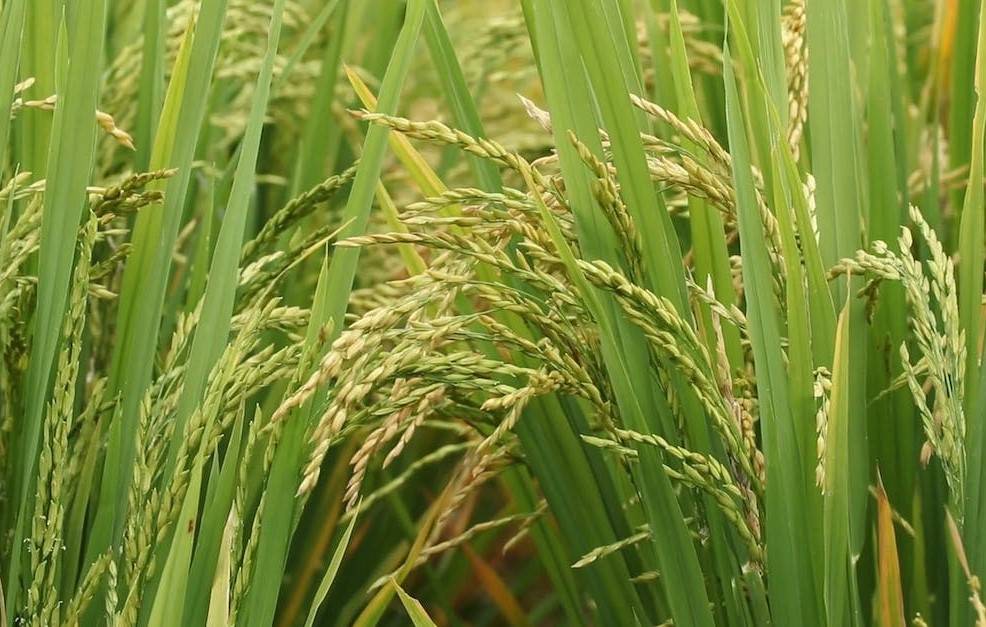
India, despite the presence of El Nino, is expected to experience a normal monsoon season, which, combined with adequate seed and fertilizer availability and sufficient water in key reservoirs, bodes well for a healthy kharif sowing, according to the Department of Economic Affairs under the Ministry of Finance in its monthly review report.
India follows a three-cropping season pattern consisting of summer, kharif, and rabi. Kharif crops are sown from June to July and harvested from October to November, while rabi crops are sown from October to November and harvested from January to March, depending on maturity. Summer crops are grown after rabi but before kharif.
Farmers have already commenced the sowing of their Kharif crops, which include major crops such as paddy, moong, bajra, maize, groundnut, soybean, and cotton. The Finance Ministry highlights that an increase in food grain production, coupled with rising rural wages in both agricultural and non-agricultural sectors, has stimulated rural demand across India. The fourth quarter of the 2022-23 fiscal year witnessed a positive year-on-year growth in volume sales of Fast Moving Consumer Goods (FMCG) in rural areas, indicating a resurgence in rural demand.
Benefiting from the rise in Minimum Support Price (MSP), increased farm income, easy availability of finance, and favorable monsoon, domestic tractor sales reached an all-time high in the 2022-23 fiscal year, as outlined in the report.
Moving forward, an anticipated increase in MSP for rabi and kharif crops, along with a hike in the fair and remunerative price (FRP) for sugarcane and a rise in the wage rate of the Mahatma Gandhi National Rural Employment Guarantee Scheme (MGNREGS), is expected to further improve the financial security of rural households and boost rural demand.
As of June 21, 2023, approximately 2.6 crore metric tonnes of wheat have been procured, benefiting 21.3 lakh farmers. The report highlights that this comfortable wheat procurement acts as a buffer for the agri-economy. Furthermore, the combined stock position of wheat and rice in the central pool has reached 7.3 crores Metric Tonnes, surpassing the buffer norm of 2.1 crores Metric Tonnes for the April-June period of 2023. This places India in a comfortable position to meet its domestic food grain requirements.
Additionally, India's overall economy, as per the provisional GDP estimates for 2022-23 released in May, exceeded consensus estimates. The National Statistical Office (NSO) recently released provisional estimates, indicating that real GDP growth for 2022-23 stood at 7.2 percent, higher than the previously projected 7 percent. It is anticipated that the 2022-23 GDP numbers will be further revised upwards.
For the fiscal year 2023-24, the central government projects a growth rate of approximately 6.5 percent. The Finance Ministry's monthly review report states that India, as the fastest-growing major economy, is no longer just a statistical fact. The report emphasizes that India's domestic demand is the key driver behind the strength of its economy.









